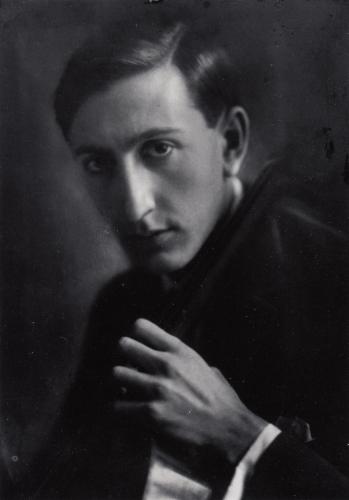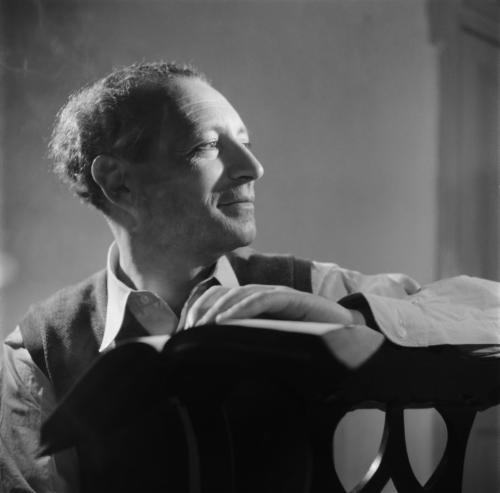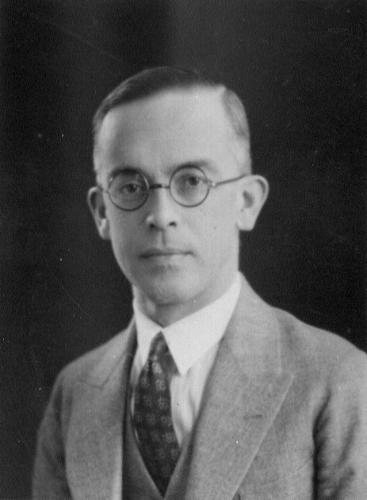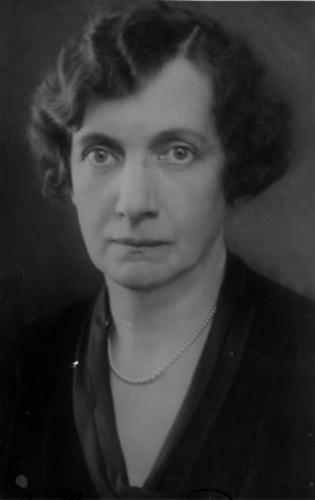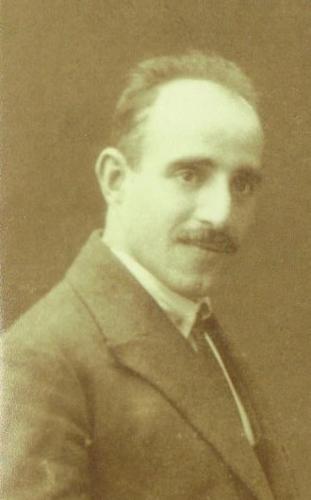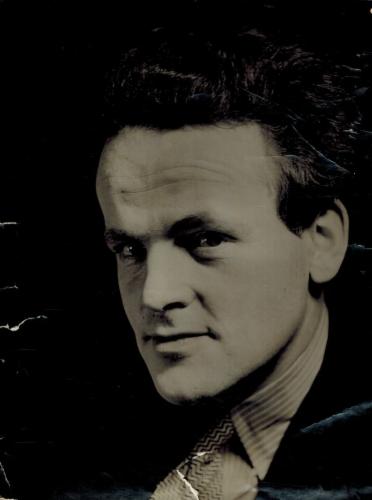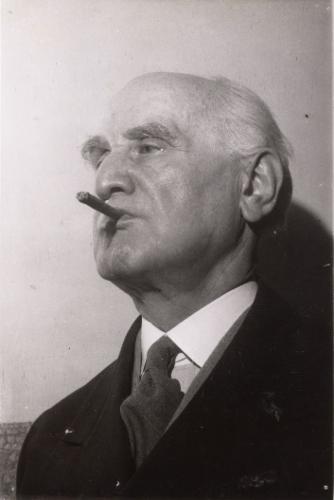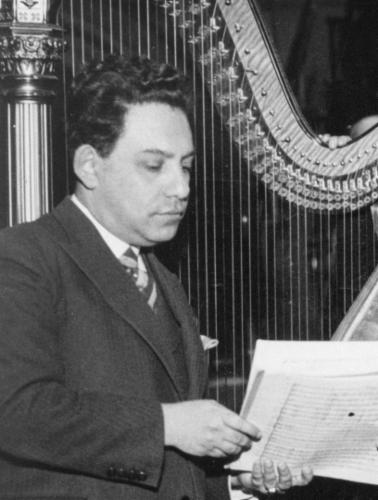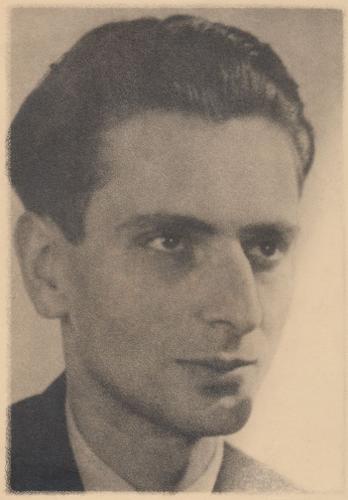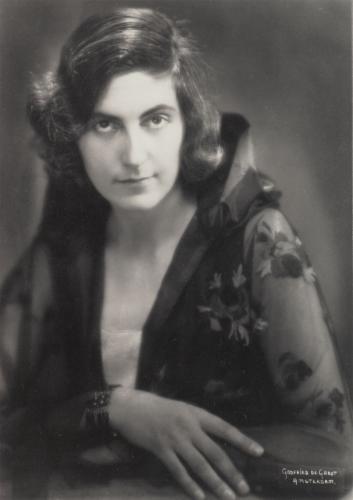featured composer
Henriëtte Bosmans (1895 - 1952)
Before the war, Henriette Bosmans already enjoyed a well-established reputation in Dutch musical life, especially as a pianist. During the war she was not allowed to appear in public and had to support herself with underground house concerts. Her considerable oeuvre includes orchestral works, chamber music and many songs. by Helen H. Metzelaar more

